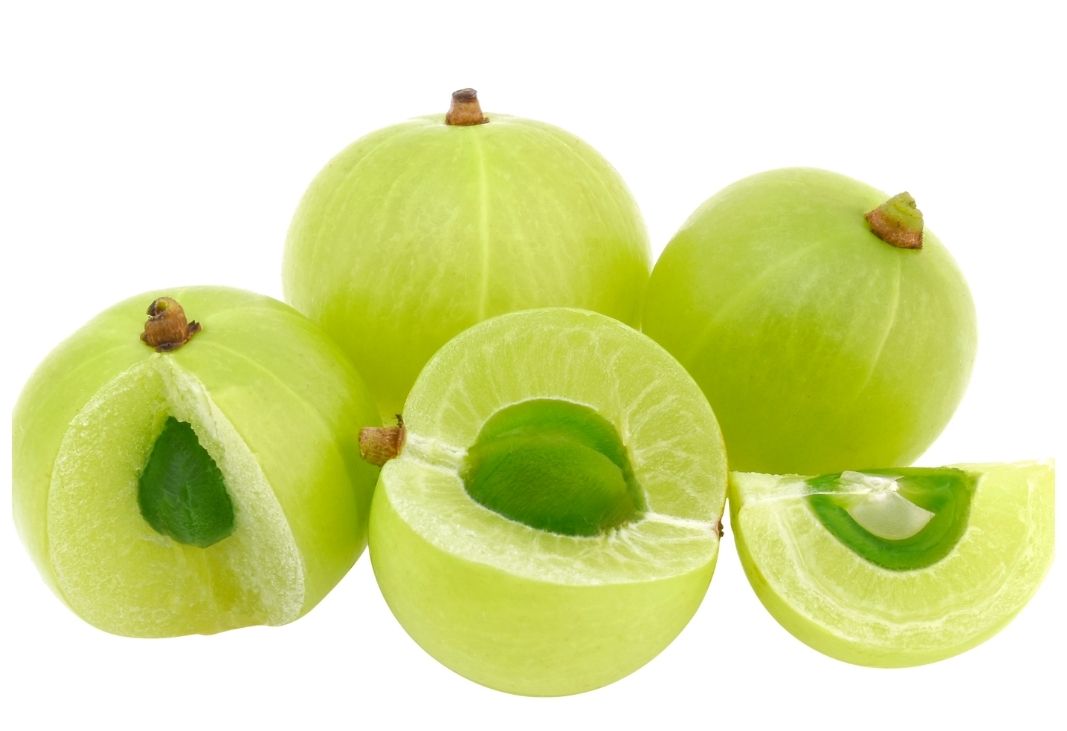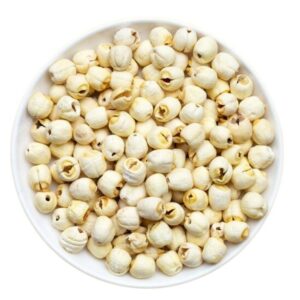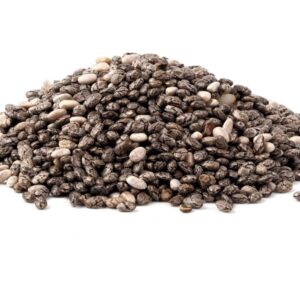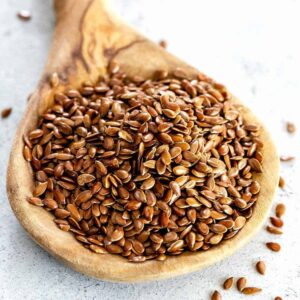Botanical Overview
Family: Grossulariaceae
Genus: Ribes
Species: Ribes uva-crispa (European gooseberry)
Origin: Native to temperate regions of Europe, western Asia, and the Himalayas
Physical Characteristics
Growth Habit: Deciduous shrub, typically 1–1.5 meters tall, with spiny branches.
Leaves: Rounded, lobed, with a rough texture.
Flowers: Greenish to pink, bell-shaped, appearing singly or in small clusters.
Fruit: Berries are oval, ranging in color from green to red, yellow, or purple, often with a hairy or prickly surface.
Container Capacity
| Type Of Container | SPECIFICATIONS |
| 20 Feet | 12 Metric tons (MT) |
| 40 Feet | 25 Metric Tons (MT) |
Cultivation and Habitat
Climate: Thrives in cool, humid climates; can withstand cold temperatures, growing as far north as the Arctic Circle.
Soil: Prefers moist, heavy clay soils but adapts to various soil types.
Care: Requires good foliage to protect berries from sun; benefits from potash or manure fertilizer, heavy pruning, and dormant sprays to control pests like scale and mildew.
Propagation: Typically grown from cuttings; bushes bear fruit for 10–20 years, with 2–3-year-old spurs producing the best berries.
Culinary Uses
Raw Consumption: Eaten fresh, especially when fully ripe, for a sweet-tart flavor.
Cooked Dishes: Used in pies, crumbles, jams, and sauces.
Beverages: Incorporated into fruit wines and flavored waters.
Preservation: Can be dried, pickled, or stored in sugar syrup.
Nutritional Profile (per 100g, raw)
Calories: Approximately 44 kcal
Water: 88%
Carbohydrates: 10g
Fiber: 1g
Protein: 1g
Fat: 1g
Vitamin C: 31% of the Daily Value
Other Nutrients: Minimal amounts of other vitamins and minerals
Top Benefits of Gooseberry (Amla)
1. Rich in Vitamin C
Boosts immunity by enhancing white blood cell function.
Acts as a powerful antioxidant, protecting cells from damage.
Helps in collagen production – good for skin, hair, and joints.
2. High in Antioxidants
Contains polyphenols, flavonoids, and tannins.
Fights oxidative stress and may lower risk of chronic diseases like cancer and heart disease.
3. Supports Digestive Health
Amla stimulates the secretion of digestive enzymes.
High in fiber → prevents constipation, improves bowel movements.
Helps reduce acidity and supports gut health.
4. Improves Skin Health
Promotes clearer, glowing skin.
Reduces acne, pigmentation, and signs of aging (due to collagen support and antioxidants).
5. Enhances Hair Growth
Used in many hair oils and shampoos.
Strengthens hair roots, reduces hair fall, and delays premature graying.
6. Supports Heart Health
May reduce bad cholesterol (LDL and improve HDL.
Helps manage blood pressure due to potassium content.
Protects against atherosclerosis and oxidative damage.
7. Regulates Blood Sugar
Amla may help lower blood glucose levels.
Improves insulin sensitivity — good for people with *type 2 diabetes.
8. Anti-inflammatory Effects
Useful in reducing symptoms of arthritis, inflammation, and joint pain.
9. Improves Eye Health
High vitamin A and antioxidants → may help prevent cataracts and improve vision.
10. Detoxifying & Liver Support
Amla supports liver function and helps the body detox naturally.
Promotes healthy metabolism and fat processing.





